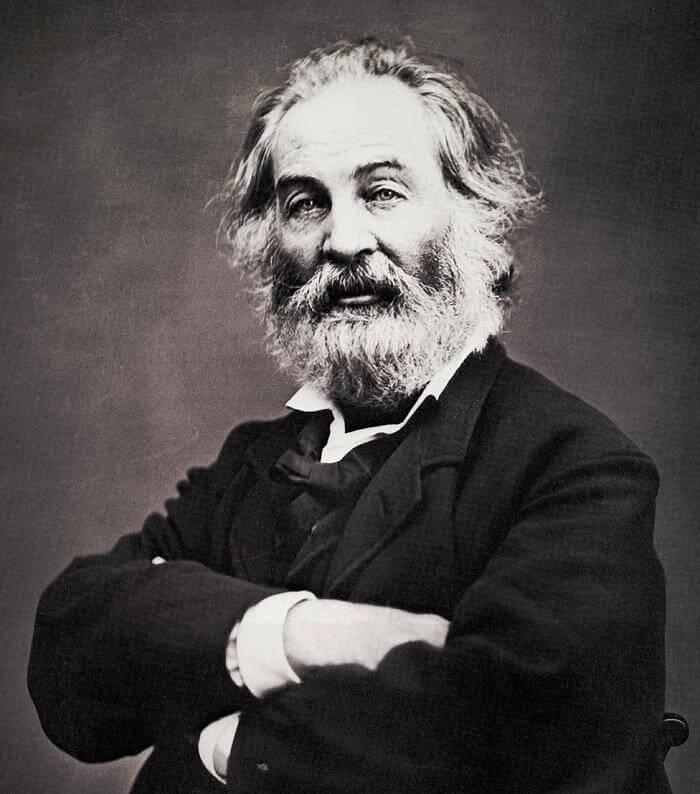Walt Whitman is America’s world poet—a latter-day successor to Homer, Virgil, Dante, and Shakespeare. Whitman is best known for his collection of poems titled “Leaves of Grass,” which he continuously revised and expanded throughout his life. First published in 1855, “Leaves of Grass” revolutionized American poetry with its unconventional style and themes. It celebrated the individual, the democratic spirit, and the interconnectedness of all things. Whitman’s poetry was often characterized by its free verse, long lines, and exuberant language.
His works explore a wide range of subjects, including nature, sexuality, democracy, spirituality, and the human experience. Whitman emphasized the idea of the self and its connection to the world around it. His poems often celebrate the beauty of the human body, embrace sensuality, and advocate for equality and social justice.
He reiterates the point that the soul and the body are equal. I hear and behold God in every object, yet understand God not in the least, Nor do I understand who there can be more wonderful than myself. Whitman is stating that he believes in pantheism, the idea that God is a part of everyone and everything.
Whitman’s exploration of sensuality and sexuality in his poetry was considered scandalous and provocative during his time. His frank and explicit portrayal of desire and physicality challenged Victorian-era notions of propriety and modesty. Whitman celebrated the physical body and saw it as a source of joy and pleasure, pushing against the prevailing societal taboos.


